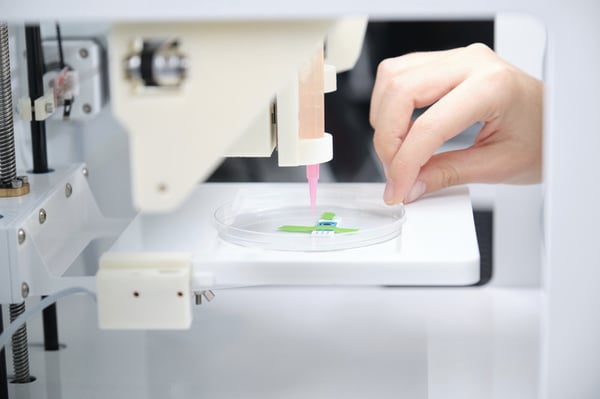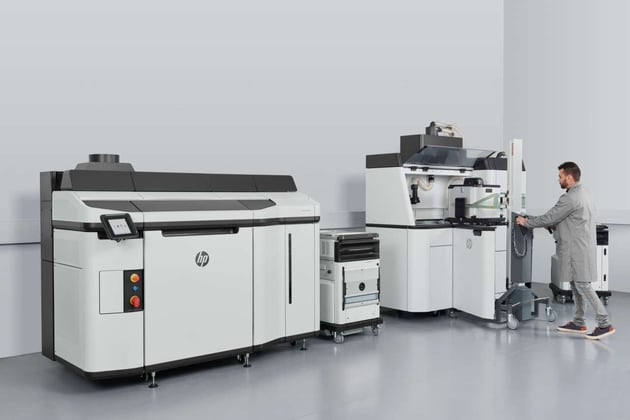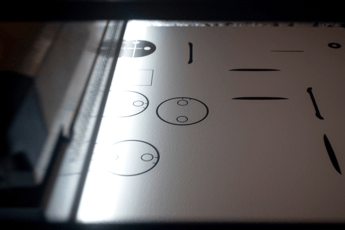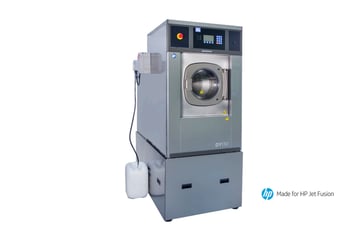Especially in recent years where the Covid emergence has greatly influenced the demand for medical treatment devices and instruments, 3D printing has given a decisive breakthrough in the use of this great technology to the medical health sector.
It really has to be said: with 3D printing, the impossible becomes possible.
As anticipated, the healthcare emergency of the past 2 years has encouraged the use of additive technology for the production of tools to support medical healthcare.
This is a trend that, in the future, may indeed represent an evolution in patient care both because the materials with which these devices are produced are excellent and because the cost of access to health care can be drastically lowered.
In fact, as we already know, 3D printing, contrary to what one may commonly think, is capable of significantly lowering production costs and greatly optimizing the resources invested thus ensuring broader and freer access to those who need it.
In addition, the European Parliament's Committee on the Future of Science and Technology lists 3D printing as one of the ten key technologies for combating Covid-19 and for the medical sector more generally.
What are the specific fields of application where 3D printing has already brought its benefits to the healthcare sector?
- Dental
- Medical equipment and devices
- Orthotics and prosthetics
What to expect in the future thanks to 3D printing?
Regenerative medicine: the American case
Studies on 3D printing in the medical field are not limited exclusively to devices and tools to support treatments and therapies on patients. In fact, in recent years, experiments have also turned their gaze to the reproduction of human tissues using biomaterials.
Today, after lengthy trials and experiments, we can witness an incredible breakthrough in regenerative medicine: for the first time in the world, a 3D bioprinted ear has been made in New York City with human cells taken from a patient's healthy earlobe.
This is an extraordinary advance in the field of tissue engineering that, although clinical trials are still ongoing, may lead to an important breakthrough: greatly decreasing the chances of rejection of these "foreign" bodies since they are produced from the patients' own cells.

Tissue engineering in the world of cosmetics
These biomaterials can also play a key role in the cosmetics industry to carry out dermatological tests, an issue that has always been at the center of much debate.
This is the case of cosmetics giant L'Oreal, which has introduced the use of 3D printed skin structures in its dermatological tests. The project was born in 2015 and today the company uses about 50 thousand human skin samples per year thanks to Bioprinting technology.
A breakthrough that bodes well for a future without harmful animal testing.
The purpose of 3D printing, in all sectors, is to improve human life by optimizing processes and resources.




